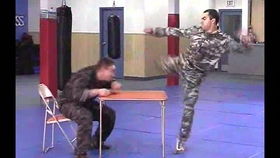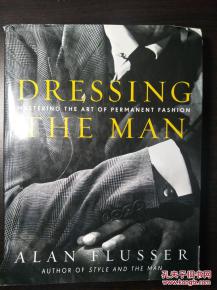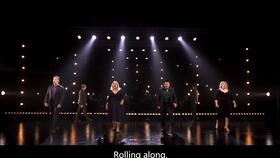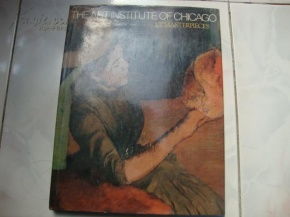Introduction: Hook fishing, also known as bottom fishing, is a popular and rewarding method of catching fish. Whether you are a beginner or an experienced angler, mastering the art of hook fishing can enhance your fishing experience. In this article, we will discuss the essential techniques and tips for learning how to fish with hooks effectively.
Choosing the Right Equipment: Before diving into the techniques, it's important to have the right equipment. Here's a list of essential gear for hook fishing:
a. Rod and Reel: A medium-heavy action rod with a spinning reel is suitable for hook fishing. Ensure the rod is long enough to cast your bait effectively.
b. Line: Use a monofilament line with a thickness of 10-15 pounds. This line provides enough strength to handle most fish while remaining flexible enough for precise casting.
c. Hooks: Select the appropriate size and type of hooks based on the fish you are targeting. Common hook sizes range from 1/0 to 6/0, and the type can vary depending on the bait and fish species.
d. Sinkers: Choose sinkers that match the weight of your bait and fishing conditions. The sinkers will help your bait reach the desired depth.
e. Swivels: Use swivels to prevent line twist and tangles when casting and retrieving your bait.
f. Lures or Baits: Depending on the fish species, you can use natural baits like worms, crickets, or artificial lures like jigs, spoons, or soft plastics.
Casting Techniques: Casting is a fundamental skill in hook fishing. Here are some tips to improve your casting technique:
a. Hold the rod correctly: Grip the rod with a comfortable, relaxed grip. Keep your thumb and index finger on the reel handle, and your other fingers wrapped around the rod handle.
b. Back-cast: Begin by bringing the rod back behind you with a smooth, continuous motion. This action loads the bend into the rod, providing power for the cast.
c. Forward-cast: After reaching the desired back-cast distance, bring the rod forward with a quick, flicking motion. This releases the line and bait into the water.
d. Practice: Casting takes practice, so spend time honing your technique. Pay attention to your timing and wrist movements to achieve accurate casts.
Baiting and Rigging Techniques: Properly baiting and rigging your hook is crucial for successful hook fishing. Here are some techniques to consider:
a. Bait presentation: Depending on the fish species, you can use live bait, dead bait, or artificial lures. Ensure the bait is securely attached to the hook and presented in a natural manner.
b. Rigging: The rigging method can vary based on the bait and fishing conditions. Common rigging techniques include the Carolina rig, drop-shot rig, and slip bobber rig. Research the specific rigging method suitable for the fish you are targeting.

c. Leader length: A leader length of 12-18 inches is typically sufficient. This allows the bait to move naturally while preventing it from tangling with the main line.
Fishing Techniques: Once you have mastered the casting and rigging techniques, it's time to focus on fishing strategies:
a. Fish location: Research the preferred habitats of the fish species you are targeting. This will help you locate them more effectively.
b. Depth: Determine the depth at which the fish are feeding and adjust your bait accordingly. Use sinkers to achieve the desired depth.
c. Speed and retrieve: The speed at which you retrieve your bait can affect the fish's response. Experiment with different retrieves to see which one works best.
d. Patience: Hook fishing often requires patience. Wait for the fish to bite before setting the hook. Avoid striking too early, as this can lead to missed opportunities.
Conclusion: Learning how to fish with hooks is a valuable skill for any angler. By selecting the right equipment, mastering casting techniques, properly baiting and rigging, and implementing effective fishing strategies, you can increase your chances of success. Remember to practice and adapt your techniques based on the fish species and fishing conditions. Happy fishing!












